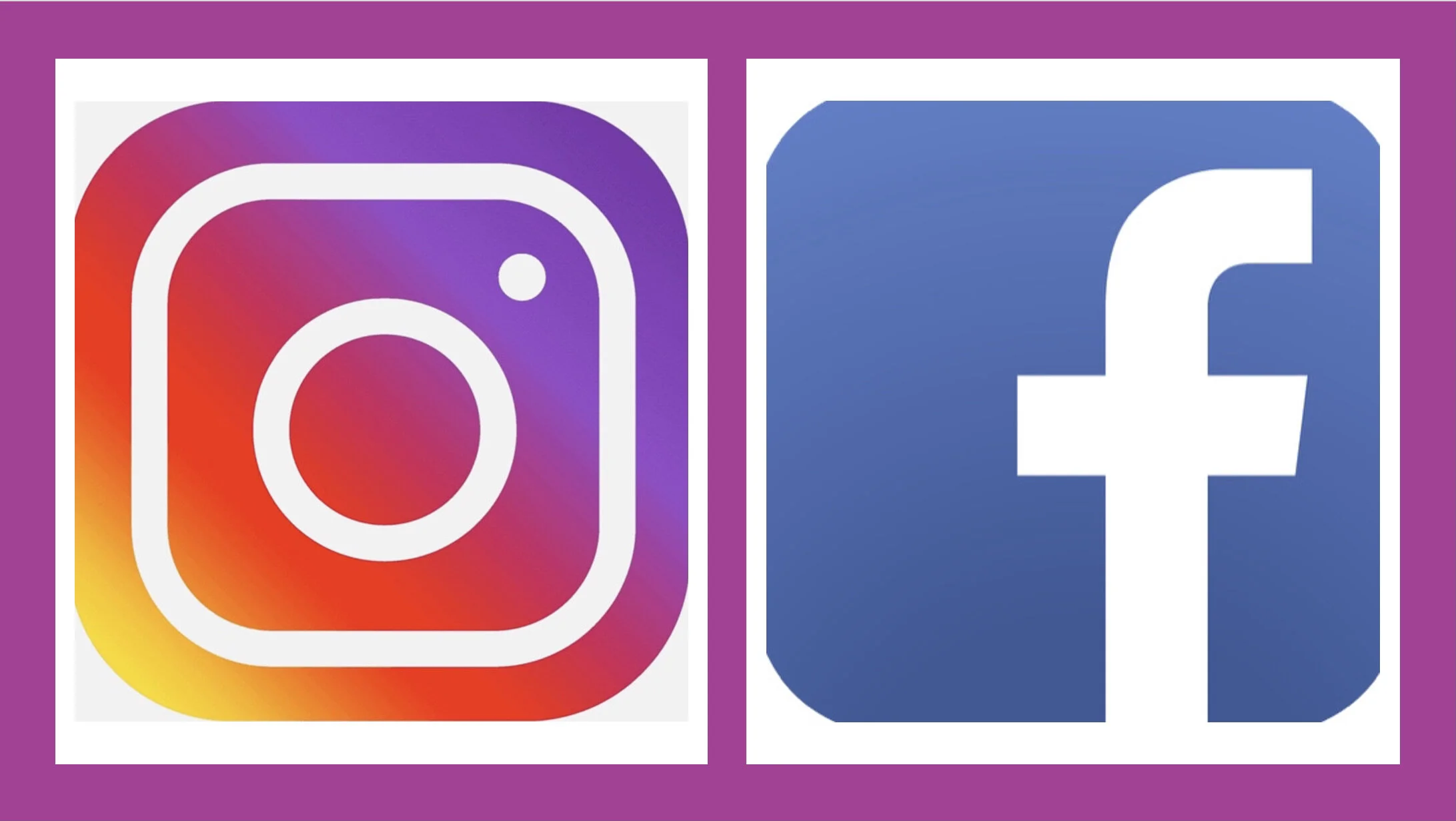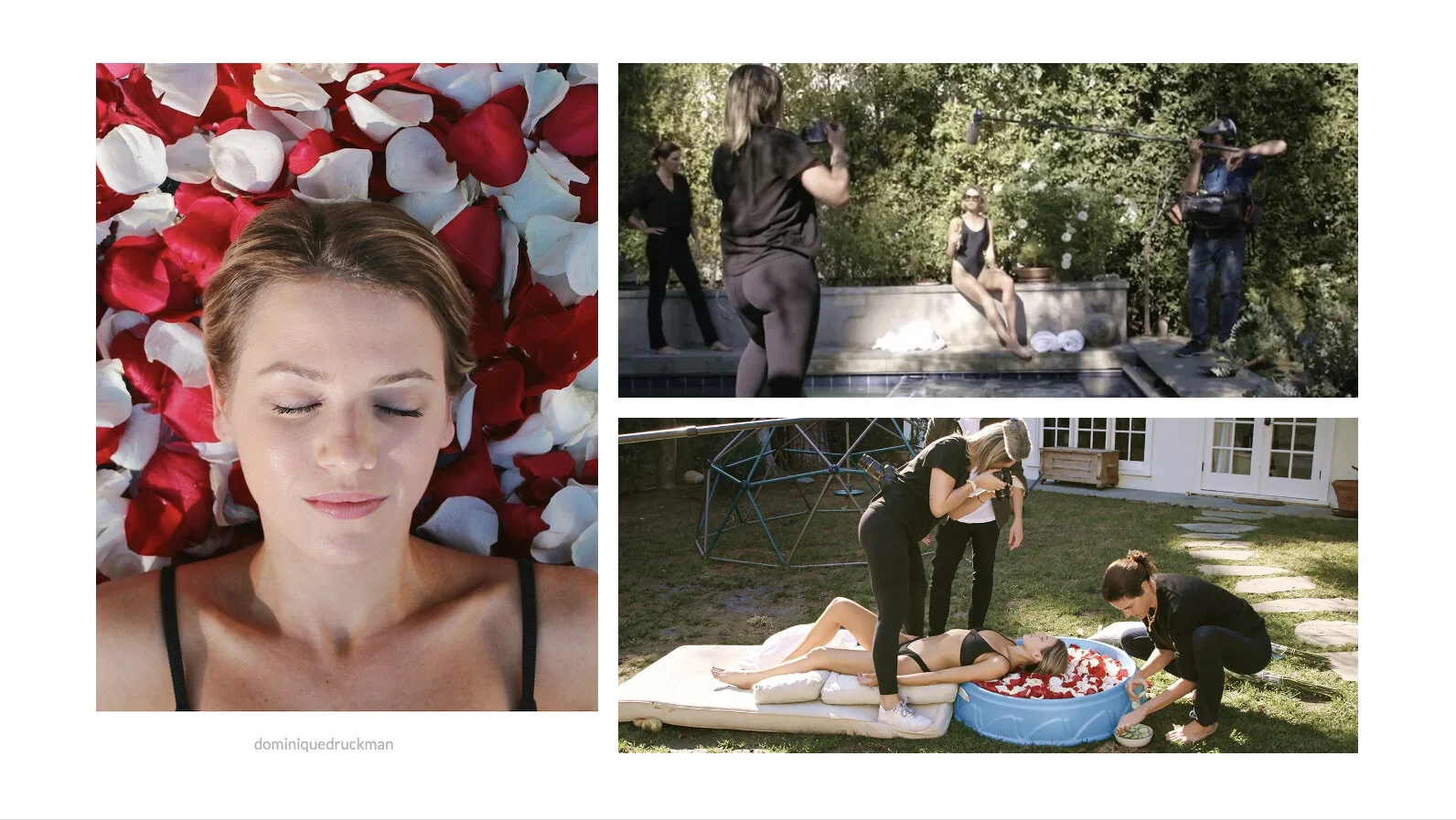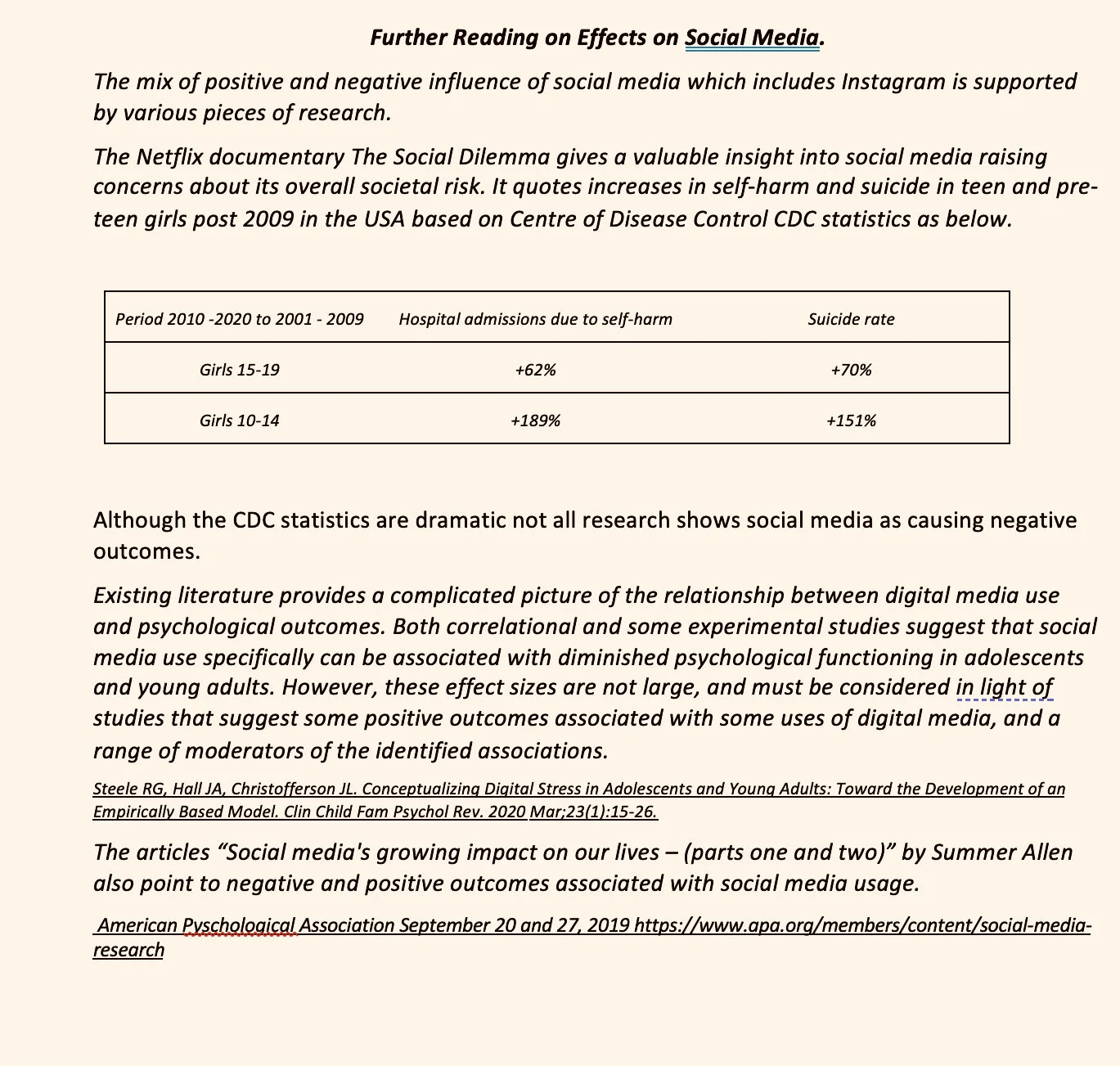Snapshots and Instagram; reality, fantasy, glamour, and envy.
My snapshots. Top L-R: brother at Sydney Olympics 2000, Crossing the Panama Cana. Bottom. L-R: showjumping Sydney Olympics 2000, dinner with my Aunts and parents. Center: Kodak Print Envelope from 1980’s
The Yellow Kodak envelope
Do you remember the excitement and anticipation as you opened the yellow Kodak envelope? How the photos — snapshots — turned out? Were there any good ones? Perfect ones to share? Did you capture the moment?
Or do you only remember today, opening your Instagram feed to scroll the images posted by friends, acquaintances, and the known but unknown contributors to your life. You can make an image, see it, edit it and share with the world via Instagram, Facebook or other social media within seconds.
There has been a complete transformation of the snapshot; from photos on paper to digital images; shared with those close to you to Instagram posts shared with the world if you desire; from expensive to essentially free images; from only sometimes having a camera to one being a daily companion, an integral feature of our smart phones, always available.
Our snapshots, with the addition of selfies, remain much the same—family, friends, sunsets, travel, adventures. [Le Moignan, Effie, Lawson, Shaun, Rowland, Duncan, Mahoney, Jamie and Briggs, Pamela. “Has 'Instagram Fundamentally Altered the “Family Snapshot” CHI 2017, May 6–11, 2017, Denver, CO, USA ]. Cheaper, easier, quicker — it seems that the transformation of personal image making is completely positive. NOTE!!!!!!!
But balancing the positive are negatives; there is a loss of personal agency, image rights, of privacy, the unattainable perfection of influencers and constant envy. The impact of some these negatives has, without exaggeration, negatively influenced lives or worse.
L-R: Christmas dinner, Aero, Denmark. Poostcards of Sydney Opera House, Arc de Triomphe, and Sailing at Aero.
What is a personal photograph or better yet a snapshot? It is ‘Reality’
Playing with image as reality Jean-Luc Goddard threw us a curve ball in his film Les Carabiniers [1963]. Brother’s Ulysses and Michelangelo, the soldiers of the king return home to their wives laden with their booty. We see their plunder as illusory it’s just postcards of towns, monuments, art works and more but to the brothers it is real they need nothing more as everything has been captured by the postcard.
Your snapshot is the same it captures what is before it. Christmas dinner on Aero in Denmark, the Christmas boat trip with friends rugged up against the cold whatever you choose. The Riva speedboat is part of your life too but it’s not, the Arc de Triomphe not the Opera House postcards not your travel experiences. Yet the resulting image is not only a photograph but is perceived as part of the actual event, miniature piece of reality.
Our experience of photographic images and society’s use of these images confirms the truth of the answer to us — snapshots represent reality, even if the image is distorted, it still represents either a past or present reality. It is experience captured, reality, truth — we trust the image as inconvertible evidence of the people, story, place before us
Three generations of two families—the models creating a family in the Dolce & Gabbana advertisement family just as real as my family.
Our trust that our snapshots and publicity/advertisting’s pseudo snapshots are a ‘true’ document of the past are amplified by the process of photography—the camera is passive, it is recording only the light onto the image processor, the reality before it, we can trust it is not interpreting the scene in front of it.
No activity or excuse is necessary to justify a family snapshot, it is a social rite. To imagine parents without photos of their children (especially when young) is impossible. Selfies are new, proof to yourself of you in a place or time, having fun, the event—not really different to any other snapshot.
Snapshots give us, as Susan Sontag says “an imaginary sense of possession of the past… (and helps them) to take possession of a space in which they are insecure”
When we calmly reflect a snapshot is not truth, reality, experience of the past but that’s not we do—we react, feel, it is a visceral experience not an intellectual exercise—the definition stands.
Digital imaging for all
No activity or excuse is necessary to justify a family snapshot, it is a social rite. To imagine parents without photos of their children (especially when young) is impossible. Selfies are new, proof to yourself of you in a place or time, having fun, the event—not really different to any other snapshot.
The opening of the yellow Kodak envelope was exciting, but how many people could share the image was limited. Displaying a snapshot took effort, time and expense as the images were moved from the envelope to photo album.
Sharing the snapshots, the experiences was even more intensive itself a social rite, friends and/or family needed to gather to “look at the pictures”, most often still the yellow envelope. Sharing the snapshot was not everyone you knew but those you knew well.
In the early 2000’s film cameras were dying as digital imaging replaced film forever — Kodak would fail in 2012 — images were free, easy to store and when the iPhone when was launched in 2007 everyone has a camera in their pocket.
But they were still difficult to view. There were sharing sites like Flickr, images could be shared via email, but I am sure we all remember gathering around a laptop looking at someone’s recent event of whatever type.
Again sharing the image was not to everyone you knew but to those you knew well.
Instagram. Positives, Negatives and Subversion.
It is 2004, it is Harvard University, Mark Zuckerberg and his roommates create Facebook the snapshot paradigm changes and when Instagram arrives in 2010 sharing, advertising, aspiration and “reality?” smash together in a potent mix.
Posting to Instagram we can share the snapshots of our lives, our interests, or whatever to our Instagram—our giant, global photo album. It’s easier and quicker to share with our friends, we can manipulate the snapshot, it is free—or at least seems so—and we can get feedback…all good.
Except we have lost control of our snapshots, our images, lost our agency. It is the Instagram algorithm that decides who of my follows see my snapshot. More than that Instagram Terms and Conditions are that even we own our image but we do control it and it is Instagram that can use it for their financial gain.
A loss of control, - who sees/ownership a cost of our time, and for Influencers the absolute right to close their business— Instagram has control over their feed—any feed can be shuttered at any time.
The negatives may not outweigh the positives but they are real and those which mirror the characteristics of advertising/publicity for decades are subversive.
Most obviously to monetise Instagram our feed is liberally peppered with advertisements/publicity (about 30% in my feed) taking up our time a real cost as it takes us away from our lives outside the feed.
The cost of an advertisement/publicity in our feed is easy for us to understand. It takes up our time, time to ignore and, perhaps a degree of emotional discontent as we grow irritated with a feed filled with advertisements.
Subversive cost— Influencers, Perfection, Glamour and Envy
Is this what our fruit platters should look like? Is this a real platter or carefully curated for the image? The perfect shine (hairspray on food one tool for such an effect!) on the grapes, neat quarter cut from the strawberries—reality or fantasy?
Levi’s advertisement. We all want this much fun.
This hurt is perhaps even a greater health risk. The United States Centre for Disease Control (CDC) statistics show a rise in self-harm and suicide rates in teen and pre-teen girls which track the same time as the rise of social media especially Instagram although the strength or if any correlation with social media is not yet set in stone.
Writing on publicity John Berger “Ways of Seeing” 1974 best summarised the negatives of influencers:
…to make the spectator marginally dissatisfied with his present way of life. Not with the way of life of society, but with his own within it. it suggests that if he buys what it is offering, his life will become ̄ better. It offers him an improved alternative to what he is. p130
Subversive cost—the real is unreal
When we see the snapshot posted by influencers on our Instagram—their “family”, their “perfect holiday scene”, the “perfect selfie” there is a more subversive cost—understanding that their “real” is actually “unreal” becomes almost impossible for us as viewers.
On an Influencers feed all the guardrails against unreality evident in publicity/advertising—the Levi’s and Dolce & Gabbana logos—disappear. there is no such logo on the fruit platter.
We trust their image as truth, and it is we know “a miniature piece of reality” these are real people who I can connect with my ‘likes’, ‘comments’, ‘’emojis’.
Our envy, desire for something more, glamour never disappears we want the perfect Levi’s couple, we want their perfect fruit platter except now we desire something we see as real, nothing tells us it is not.
What is real. Influencers are about advertising and publicity. They are a product. If you wish an Influencer to work for you, there are rates, demographics, product focus all the metrics you need to decide where to spend your money.
Highlighting the unreality of Influencers the documentary film Fake Famous attempted to create three famous influencers buying followers, creating posts and using images to make the unreal real; a trip to a spa photographs in a paddling pool; “snaps’ from holidays at the Beverly Hill Hotel shot in the film makers garden.
The day at the spa—a photograph in a backyard paddling pool. A luxurious holiday at The Beverly Hills Hotel— a photograph in the documentary director’s backyard.
The day at the spa—a photograph in a backyard paddling pool. A luxurious holiday at the Four Seasons— a photograph in the documentary Fake Famous director’s backyard.
Subversive cost: We can never have the life promised by influencers
Dominique Druckman Directors backyard not the Four Season.
John Berger in his BBC television series Ways of Seeing (1973) and seminal book gives the best outline of this construct. It is best to quote his words to best understand his argument and the mirror it holds to Instagram influencers.
Publicity… is a language… only makes a single proposal
It proposes to each of us that we transform ourselves, or our lives, by buying something more.
This more, it proposes, will make us in some way richer - even -though we will be poorer by having spent our money.
Publicity persuades us of such a transformation by showing us people who have apparently been transformed and are, as a result, enviable. The state of being envied is what constitutes glamour. And publicity is the process of manufacturing glamour
it is true that in publicity one brand of manufacture, one firm, competes with another; but it is also true that every publicity image confirms and enhances every other. Publicity is not merely an assembly of competing messages: it is a language in itself which is always being used to make the same general proposal. Within publicity, choices are offered between this cream and that cream, that car and this car, but publicity as a system only makes a single proposal
It proposes to each of us that we transform ourselves, or our lives, by buying something more.
This more, it proposes, will make us in some way richer - even -though we will be poorer by having spent our money
Publicity persuades us of such a transformation by showing us people who have apparently been transformed and are, as a result, enviable. The state of being envied is what constitutes glamour. And publicity is the process of manufacturing glamour… Pages 130 – 132
Publicity is always about the future buyer.
It offers him an image of himself made glamorous by the product or opportunity it is trying to sell. The image then makes him envious of himself as he might be. Yet what makes this self-which-he-might-be enviable? The envy of others,..
The spectator-buyer is meant to envy herself as she will become if she buys the product. She is meant to imagine herself transformed by the product into an object of envy for others, an envy which will then justify her loving herself. One could put this another way: the publicity image steals her love of herself as she is, and offers it back to her for the price of the product.
…Publicity is never a celebration of e pleasure-in-itself. Publicity is always about the future buyer.
It offers him an image of himself made glamorous by the product or opportunity it is trying to sell…
…The spectator-buyer is meant to envy herself as she will become if she buys the product. She is meant to imagine herself transformed by the product into an object of envy for others, an envy which will then justify her loving herself. One could put this another way: the publicity image steals her love of herself as she is, and offers it back to her for the price of the product…
…Publicity is about social relations, not objects, its promise is not of pleasure, but of happiness: happiness as judged from the outside by others. The happiness of being envied is glamour.
Being envied is a solitary form of reassurance. It depends precisely upon not sharing your experience with those who envy you. You are observed with interest but you do not observe with interest - if you do, you will become less enviable. in this respect the envied are like bureaucrats; the more impersonal they are, the greater the illusion (for themselves and for others) of their power. The power of the glamorous resides in their supposed happiness: the power of the bureaucrat in his supposed authority… (p 142)
Subversive Cost: There Are No ‘Bad Hair Days’ And That Is The Ultimate Lie.
Images from two of the top two Australian influencers; Pia Muehlenbeck @piamuehlenbeck and GOODLIFE - (@FAROKH)@@goodlife, show everything is perfect yet the Brad Pitt post is just a re-post. The bush fires which ravaged Australia in 2020 reduced to ‘arty’ images bookended by “perfection / glamour”
We are asked to view curated lives of perfection, the images from their lives are, our experience of images, tell us are real —but they are not. There are no ‘Bad Hair Days’, no ‘it’s awful photo of me’ snapshots, they are posed, edited, manipulated
The Gordian Knot of Snapshots, Influencers, Publicity and Us.
We believe the images in the feeds of Influencers are real because that is the nature of snapshots, we envy their lives of unachievable, unreal perfection which we cannot achieve.
Yet no matter how much we would like this to change it never can. Perhaps we can become more cynical or judicious but our belief in the reality of the images will never disappear.
To dismiss all these images as unreal, floods our feed all snapshots are unreal— we must continue to ascribe to snapshots meaning as “miniature pieces of reality” otherwise they become utterly meaningless.











